Parsemains tips
How do I grow my planting card?
You have received a planting cardan original, eco-friendly gift idea. Now you're wondering: how to grow my planting card successfully ? In this article, we'll explain step-by-step how to turn this card into a beautiful plant. Follow our complete guide to successful planting.
In a nutshell...
1
I water it
I bury my planting card flat under 1 cm of soil in a small pot, or in the ground if the outside temperature permits. I water it gently but generously.
2
I pamper her
Over the next few days, I make sure the paper stays moist. As soon as the shoots appear, I place them in a sunny spot (near my window).
3
I watch it grow
Day after day, I admire the magic of water and sun on my little plants. Can I recognise them?
To find out more about how to grow my planting card outdoors...
Just starting out with seedlings?
Here are some of our tips for turning your Parsemains paper and greetings cards into little refuges to boost biodiversity in your gardens and flowerbeds.
How do I grow my planting card indoors?
1. nursery
Place your pretty card in a planter or pot filled with moist soil. Parsemains flat, then cover it with a centimetre of soil. If you have a large surface area, gently tear your card into small pieces and bury them in the same way. Just avoid cutting it with scissors, as this could damage the precious little seeds it contains.
Now gently but generously water the surface under which you have placed the paper. Check that the layer of soil covering it is still in place, if not, retighten it.
The soil should be kept very moist until the first shoots emerge. To do this, if you have planted your card in a pot, we recommend placing a saucer underneath and filling it with water each time it is about to be emptied. By capillary action, the soil will soak itself.
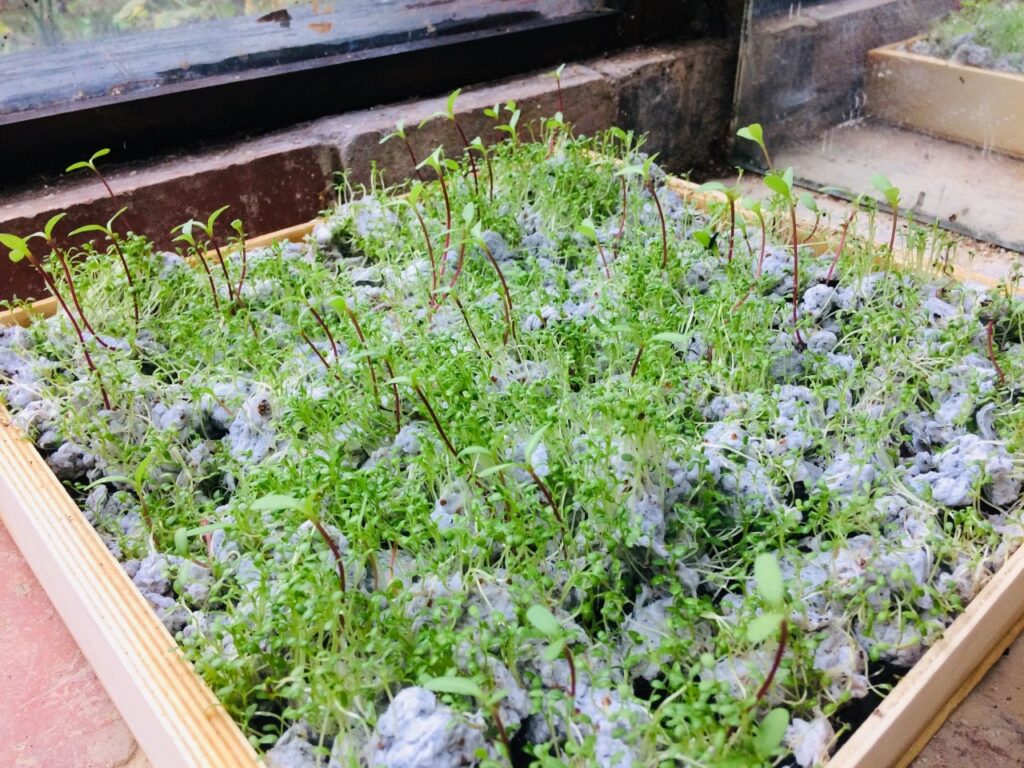
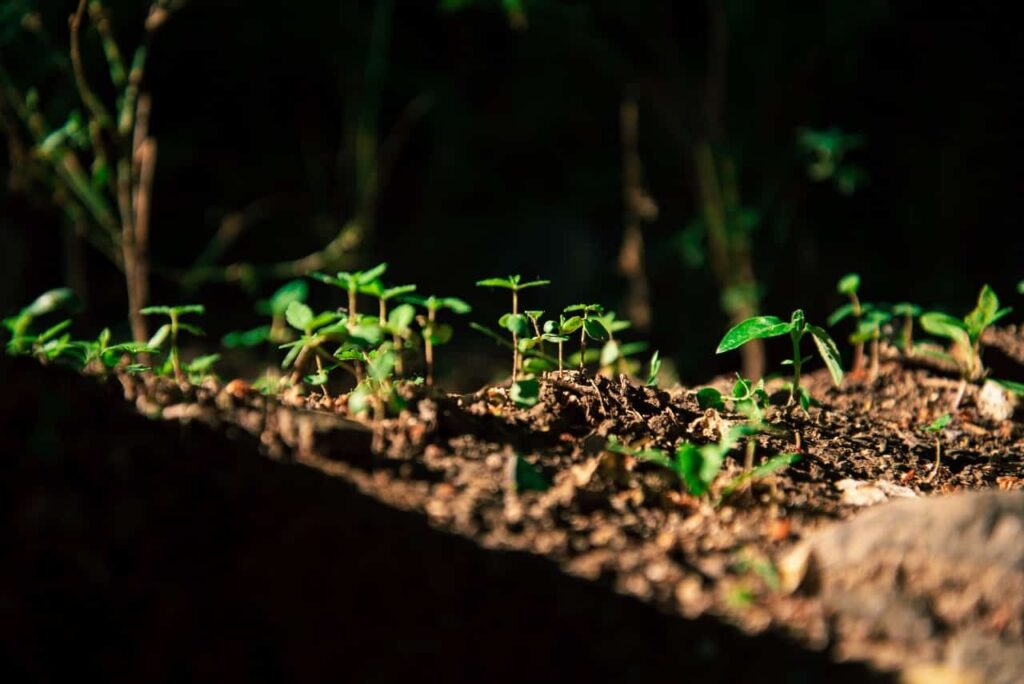
2. from shoot to plant
Two first leaves have appeared: these are the cotiledons, which, rather like our baby teeth, will disappear. It's time to give them some sun and something a little more substantial to eat.
Place them on a thin layer of potting soil or garden soil, and put them near a good source of light: under a south-facing window, if possible. This step is important to ensure that your seedlings do not "bolt", i.e. wither away due to lack of light. In the weeks that follow, remember to check regularly that the substrate remains moist.
3. transplanting into the ground
Once your little plants have formed four more leaves, they are ready to be transplanted and placed in the ground.
As soon as the weather outside is mild enough, you can carefully separate your young plants from each other when you plant them in the area you want to flower. This will prevent them from suffocating, and give them each enough room to grow until they flower.
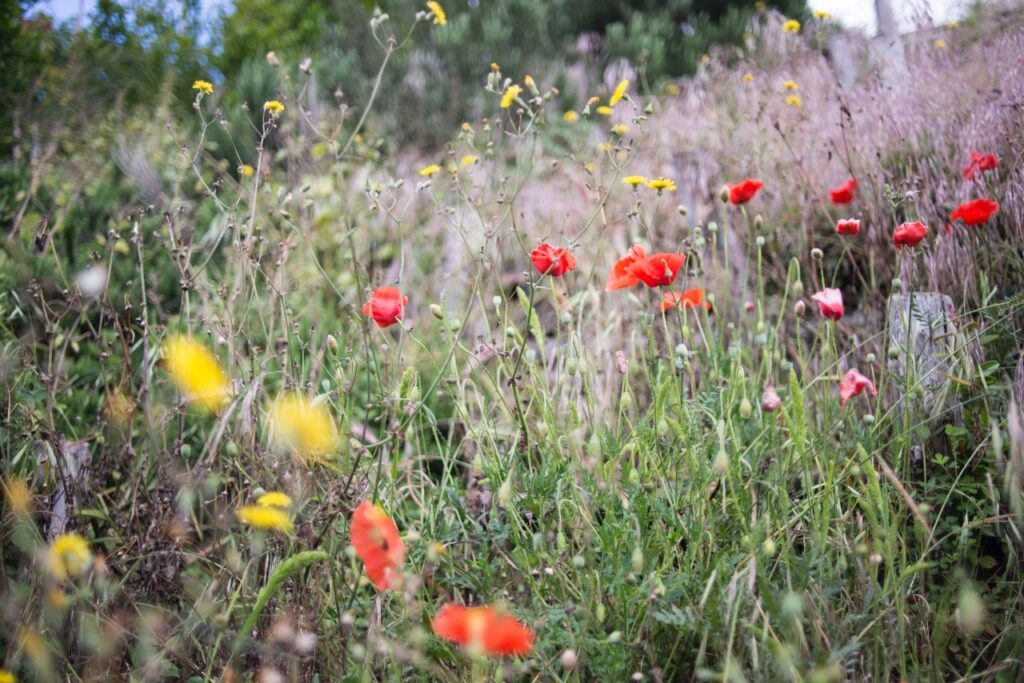
How do I grow my planting card outdoors?
1. consider the season
If you choose to sow your cards directly in the ground, we recommend that you take account of the natural cycles of the seasons.
Our tips: most plants drop their seeds in autumn, in September, October and November. However, to maximise their chances of survival, it's best to wait for the first major frost. This will ensure that the flowers don't sprout before spring arrives.
Spring is also a very good time to sow your wildflower seeds. You need to wait until the risk of frost has passed: March, April, May.
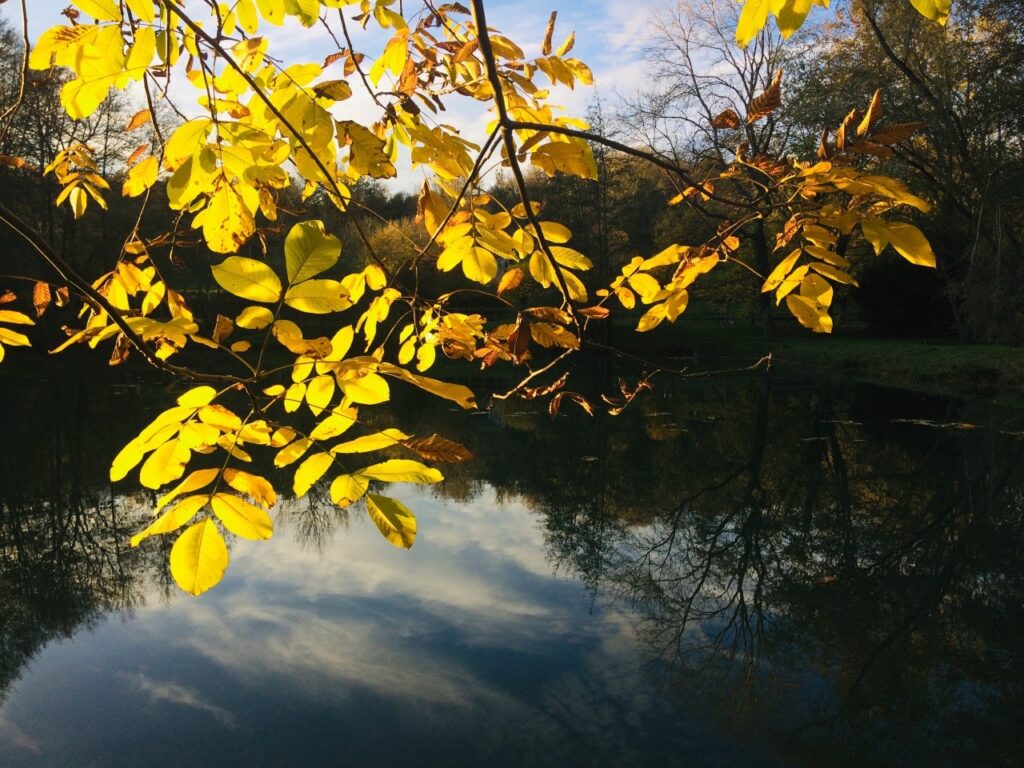
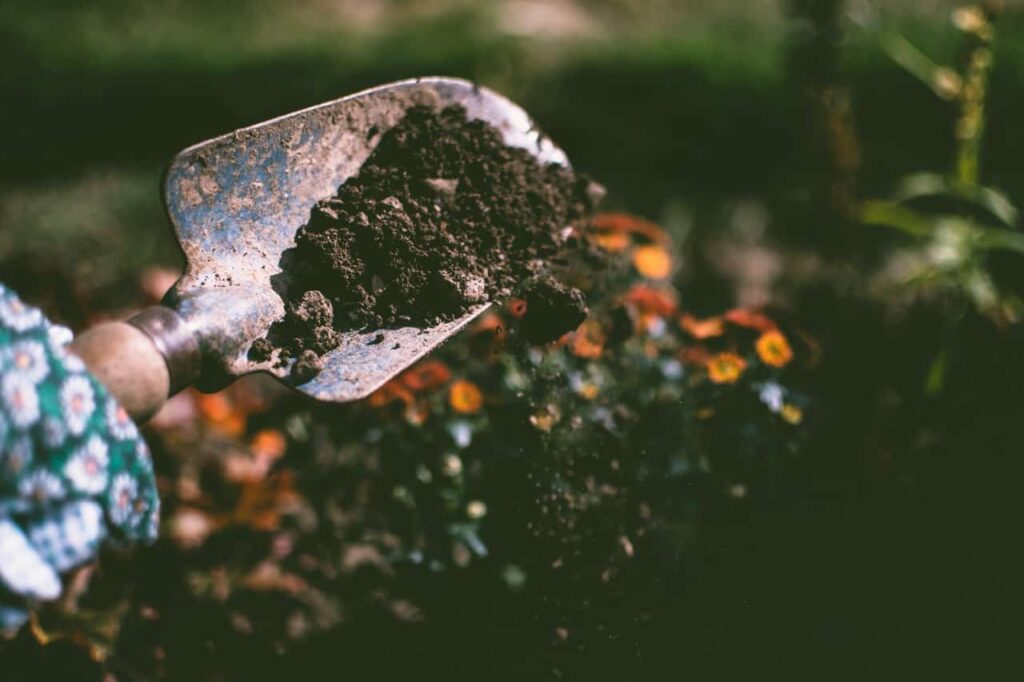
2. the right environment
Wild flowers will adapt to most types of soil. However, you may wish to prepare the ground a little before planting, to give your flowers the best possible chance of competing with other grasses. This step is not essential, however, as the aim is to enrich your biotope rather than replace it.
As for location, a sunny area with well-drained soil is always preferable. Sowing them near a water source will help them withstand periods of drought.
3. let nature take its course...
Your sprouted cards will need to remain moist for at least four to six weeks after they start to germinate. Field flowers are fairly easy and easy to grow naturally without any maintenance.
All you have to do is let nature take its course. Soon you'll be able to admire your little patch of flowers.
Well done: as well as having a great time, you've played an active part in helping to preserve your local flora! Now it's up to butterflies, bees and other pollinating insects to take up the baton...
